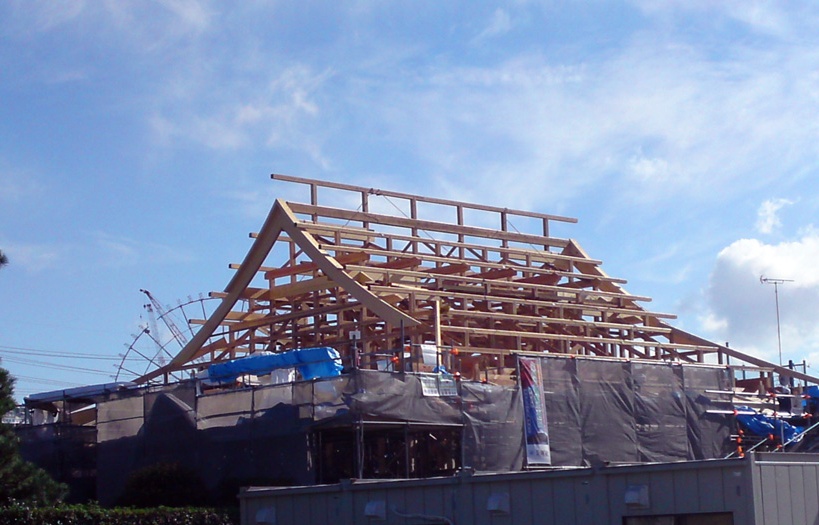The Oldest Business in the World
3. Shitenno-ji Temple
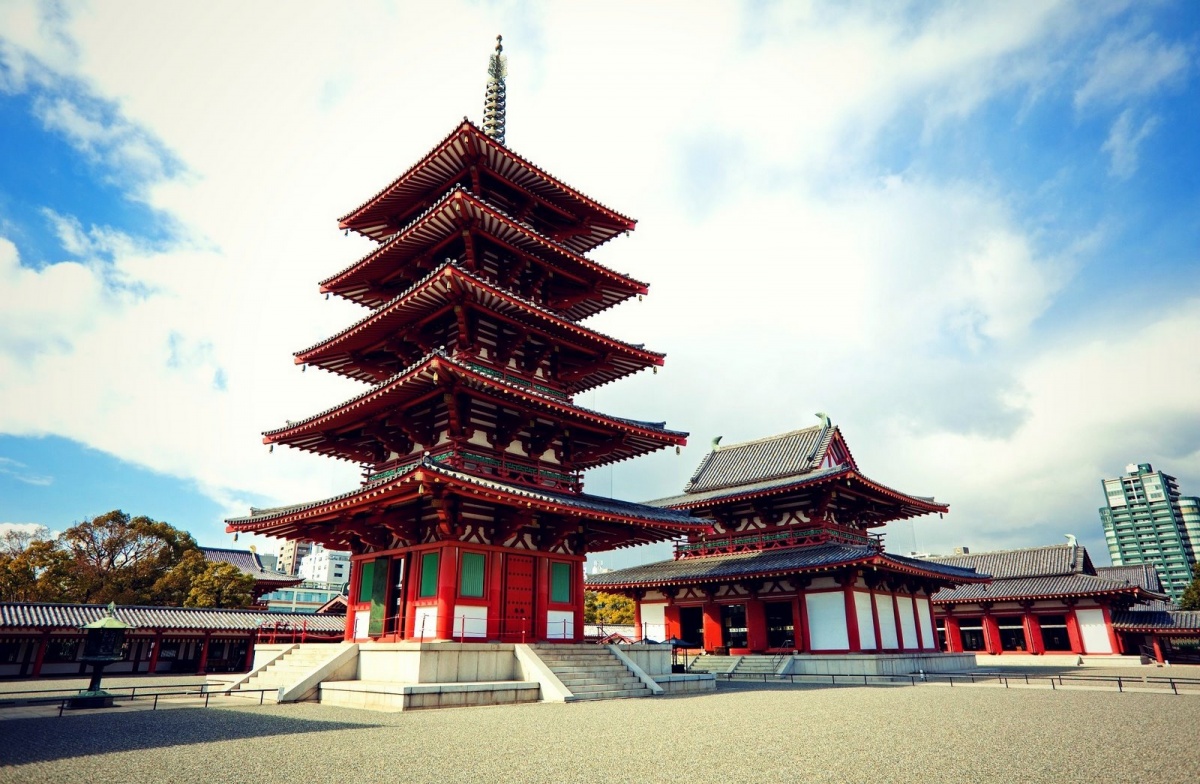
http://youinjapan.net/osaka/tennoji.php
Our story begins with Prince Shotoku in what is now Osaka. At the time, there were no Buddhist temples in Japan, and no carpenters to build them, either. Prince Shotoku invited three carpenters from Baekje, a large kingdom encompassing the southwestern Korean peninsula, to come, and of them, it was Shigemitsu Kongo who founded Kongo Gumi.
They built the first Buddhist temple in Japan, Shitenno-ji, in Osaka. Said to have begun construction in 593, the temple was so revered that Kongo Gumi made several other temples and established itself as a quality construction company for more than a millennium.
2. Osaka Castle
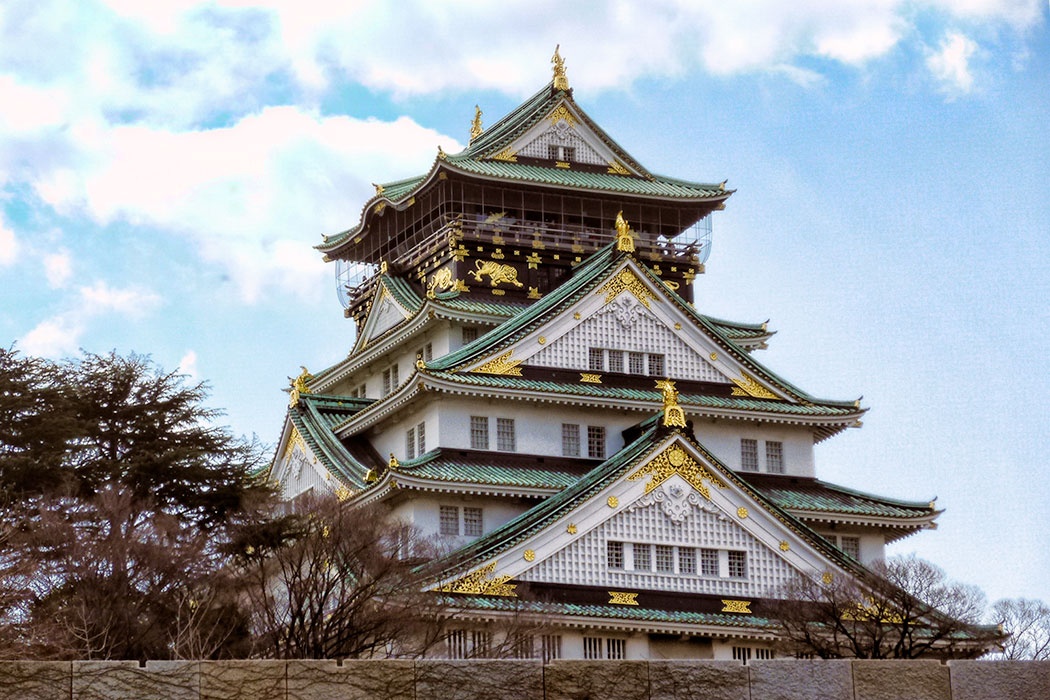
http://www.2aussietravellers.com/osaka-castle/
After 1,000 years of building towers, gates and worship halls, Kongo Gumi was known for its quality work, having contributed to major complexes such as Nara's Horyu-ji (one of the first UNESCO World Heritage Sites in Japan) and the temples of Mie Prefecture's famed Koyasan area.
It should come as little surprise, then, that Hideyoshi Toyotomi, in an effort to illustrate his power to a newly unified Japan, hired the company to build his ostentatious Osaka Castle in 1583, a project so large it wouldn't be completed until 1597. (You can find out more about the storied castle here, here, here and here.)
1. World War II Coffins
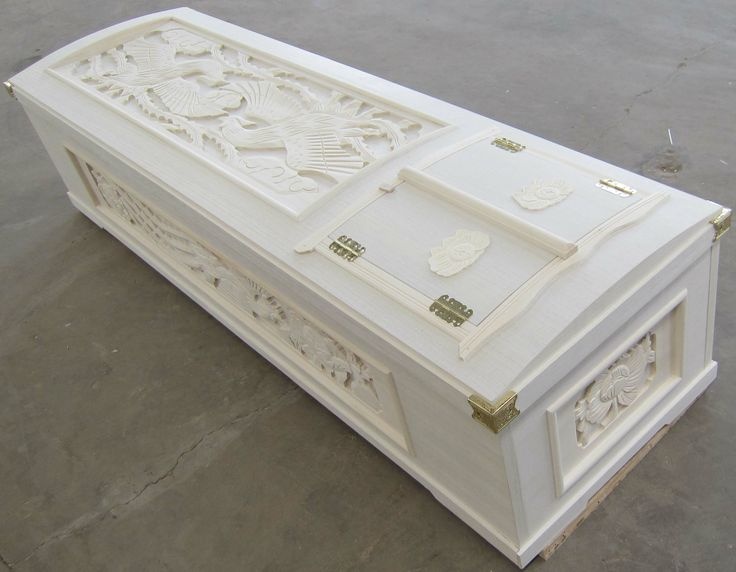
https://jp.pinterest.com/pin/78883430949745410/
For the next 350 years, Kongo Gumi made most of its money building and maintaining structures for temples and castles, including constructing the Tayasumon Gate of Edo Castle (now the Tokyo Imperial Palace). However, the onset of World War II dried up any resources for maintaining ancient structures, and Kongo Gumi was forced to adapt by making wooden coffins instead.
After the war, Kongo Gumi changed again, now working to restore the temples that had been destroyed in the conflict, learning to use concrete to build more survivable structures.
Now & Beyond
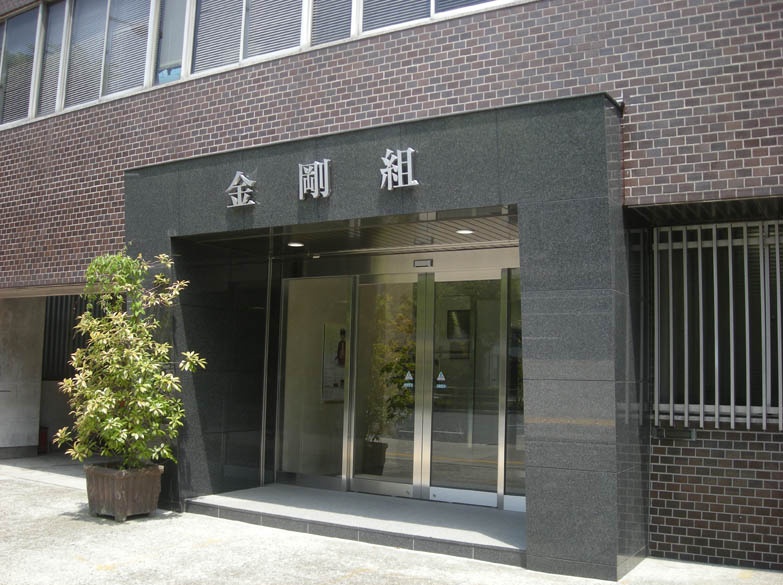
http://kankokunohannou.org/blog-entry-920.html
Despite surviving so many upheavals, Kongo Gumi struggled under loans taken out for real estate purchases during Japan's bubble economy of the 1980s and early 1990s. The company found itself further pinched by the stalled national economy and precipitously declining funds for temple maintenance. After a decade of decline, in 2006, Kongo Gumi's assets were acquired by Takamatsu Construction Group. The 1,400-year-old company now operates as a wholly owned subsidiary of the large construction company.
In honor of its long existence, the company name has still been preserved. Kongo Gumi still holds a 3-meter (9.8 ft) scroll dating back to the 17th century, detailing the family history for 40 generations, all the way back to the year 578.
- www.kongogumi.co.jp (Japanese)

